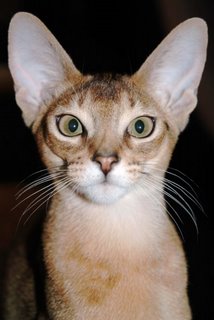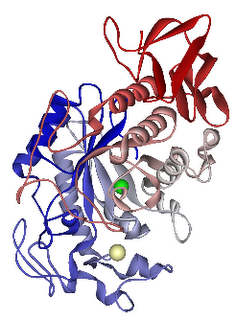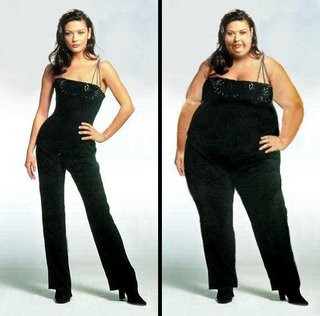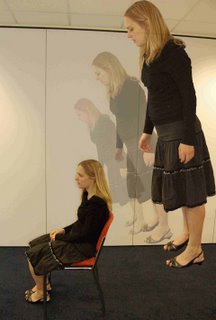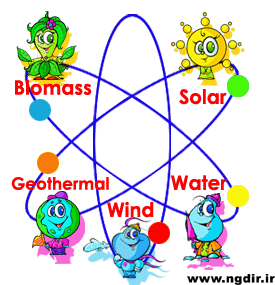Fresh water from the nucleus
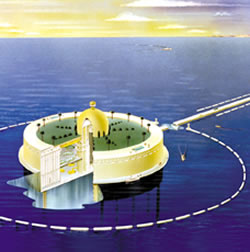
Inderscience: Embargoed for release: 20-Nov-2007 00:15 Eastern US The discovery of an environmentally friendly way to take salt out of seawater would be a major breakthrough for the world. Fresh, clean drinking water wherever it is needed would save lives, promote good health and even prevent war. More than 3.5 billion people will be living in areas of severe water shortage by 2025. Climate change, desertification and over-population are all reducing fresh water supplies. Fresh water could soon become a rare and expensive commodity. India faces a rapidly increasing demand for fresh water. This is driven by a growing population and by agricultural and industrial expansion. New solutions to the old problem of getting fresh water supplies were explored at the Trombay Symposium on desalination and Water Reuse. These have now been published in a special issue of the International journal of Nuclear Desalination (IJND). The methods of desalination that are used now are expensive and inefficient. There are a number of alternatives. Pradip Tewari (of the desalination Division at Bhabha Atomic Research Centre, Mumbai) suggests a holistic approach. This would include seawater desalination in coastal areas, brackish water desalination and rainwater harvesting. This last is particularly useful in the monsoon season. "The contribution of seawater and brackish water desalination would play an important role in augmenting the freshwater needs of the country," Tewari says. Meenakshi Jain (CDM & Environmental Services and Positive Climate Care Pvt Ltd in Jaipur) draws attention to the energy problem. "Desalination is an energy-intensive process," he says. Fossil fuels are only a short-term answer. In the long term, "desalination with fossil energy sources would not be compatible with sustainable development." Fossil fuel reserves are finite, he adds, and "must be conserved for other essential uses". But the demand for desalted water will continue to rise. A sustainable solution to water shortages that does not cause pollution is essential, Jain points out. Renewable energy technologies such as wind, solar and wave power, could be used to a limited extent to generate electricity and desalinate seawater. But nuclear energy is the most promising technology. "Nuclear energy seawater desalination has a tremendous potential for the production of freshwater," Jain says. A floating nuclear plant is one of the most flexible approaches, says S.S. Verma (Department of Physics at SLIET in Punjab). Small floating plants could produce electrical energy with very little pollution or greenhouse gas emissions. These plants could be placed offshore wherever there is dense population on the coast. They would provide cheap electricity and, at the same time, use their waste heat to run a desalination plant. "Companies are already in the process of developing a special desalination platform for attachment to floating nuclear power plants," Verma says. Another approach is low temperature evaporation (LTE) desalination technology. This can produce very pure water from seawater using either warm water (as low as 50 Celsius) or low-pressure steam from a nuclear power plant. LTE has already been shown to be safe, reliable and relatively cheap, says A. Raha (desalination Division of the Bhabha Atomic Research Centre (BARC),Trombay). This Centre recently commissioned a 50 tonnes-per-day, low-temperature desalination plant, he points out. Solar, wind and wave power might seem effective for desalination, says co-editor of the journal, B.M. Misra. He is a former head of BARC. But these methods can't be used for large-scale production of freshwater. And this is what an increasingly industrial and growing population needs. India already has plans to expand its nuclear power industry. Misra suggests that large-scale desalination plants could easily be included in those plans. "The development of advanced reactors providing heat for hydrogen production and large amounts of waste heat will catalyse the large-scale seawater desalination for economic production of fresh water." ### International journal of Nuclear desalination, 2007, volume 2, issue 4 More help with words atom element energy environment fossilised nucleus nuclear population More science teaching resources for this story
What's it all about?
As is evident from the previous activity this news story is not so much about new findings or developments, but about possible new applications of existing and cutting-edge technology. It is much more about issues and applications than the average science research story. Here are some of these taken straight from the text: And here are some possible topics for group discussion, research or presentations arising directly from the above. Students should be encouraged to think of others themselves. No 64 What's the magic of stories? People love stories. Stories put learning into context. Lectures often don't do this. They are abstract with mountains of facts. … Even the redoubtable Richard Feynman spoke of his frustration with science education in the preface to his Lectures in Physics saying, "I think the system is a failure." He summarised, "The best teaching can be done only when there is a direct individual relationship between a student and a good teacher –a situation in which the student discusses the ideas, thinks about the things, and talks about the things. It is impossible to learn very much simply by sitting in lectures." Herreid, C.F. (2007) Start with a Story: The Case Study Method of Teaching College Science. Arlington, Virginia: NSTA Press
Tips for science class discussions and groupwork
